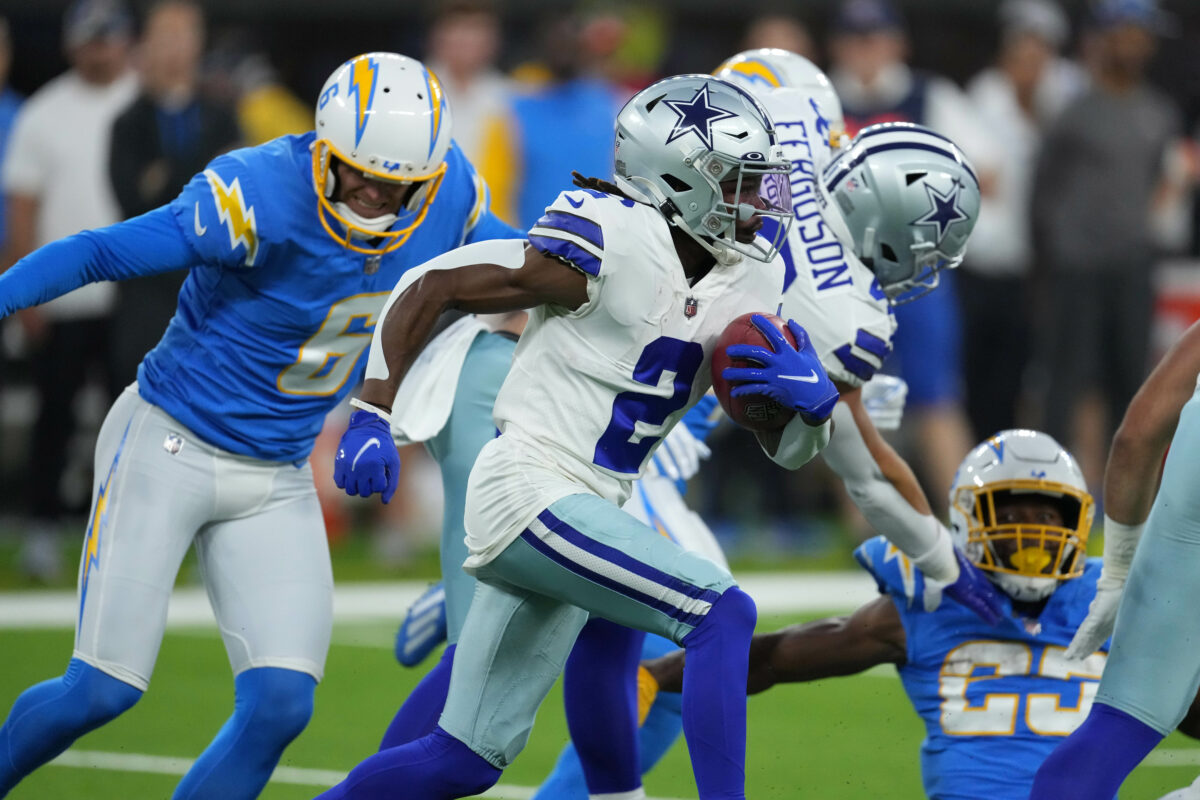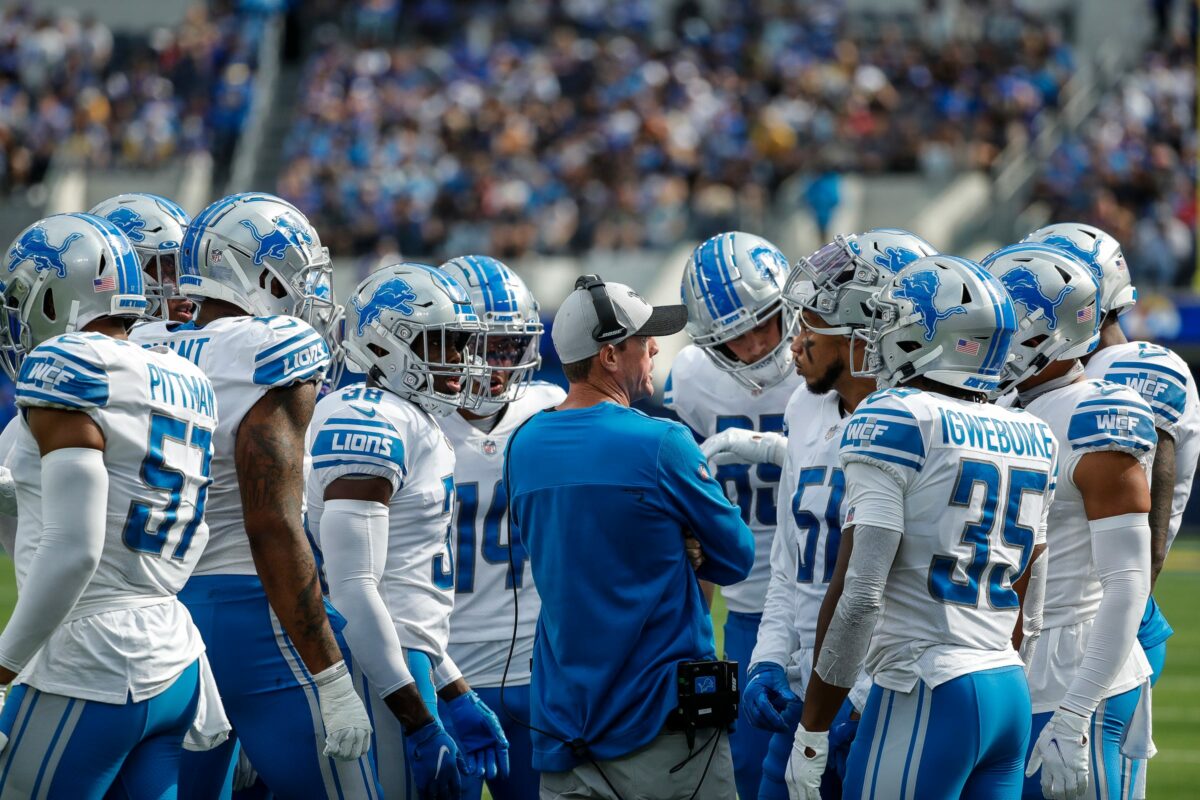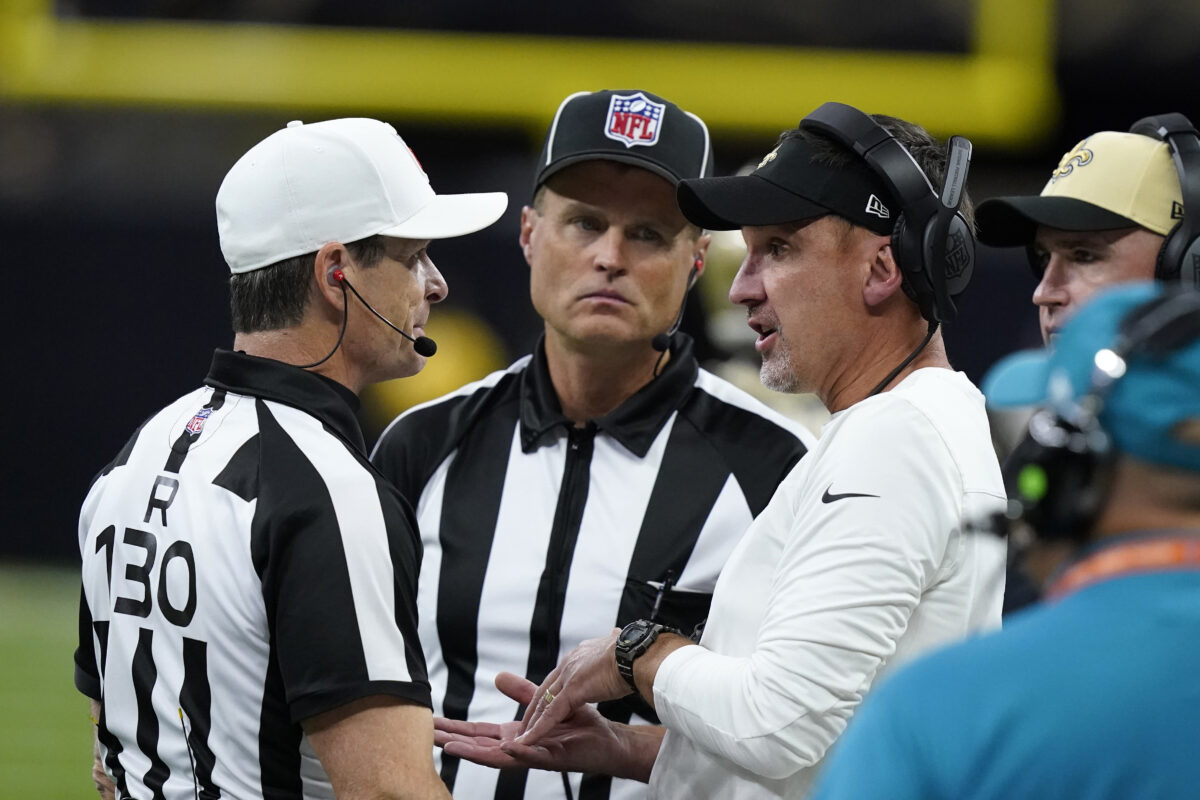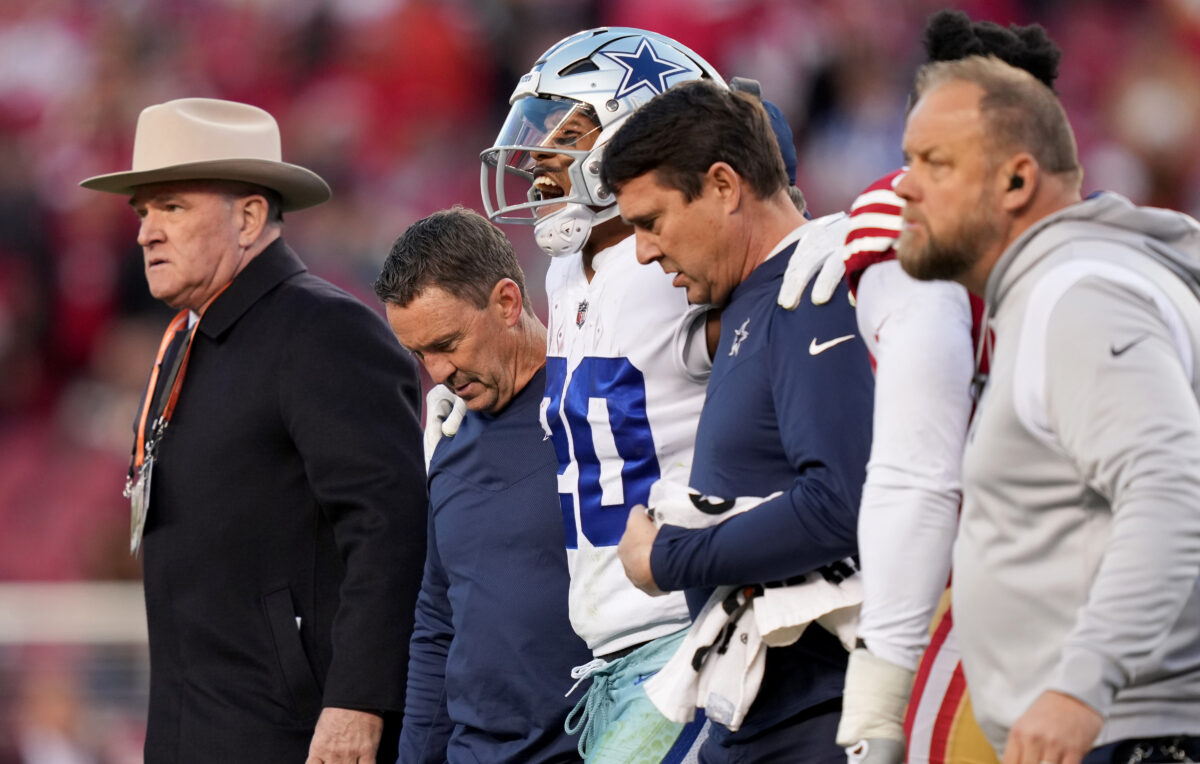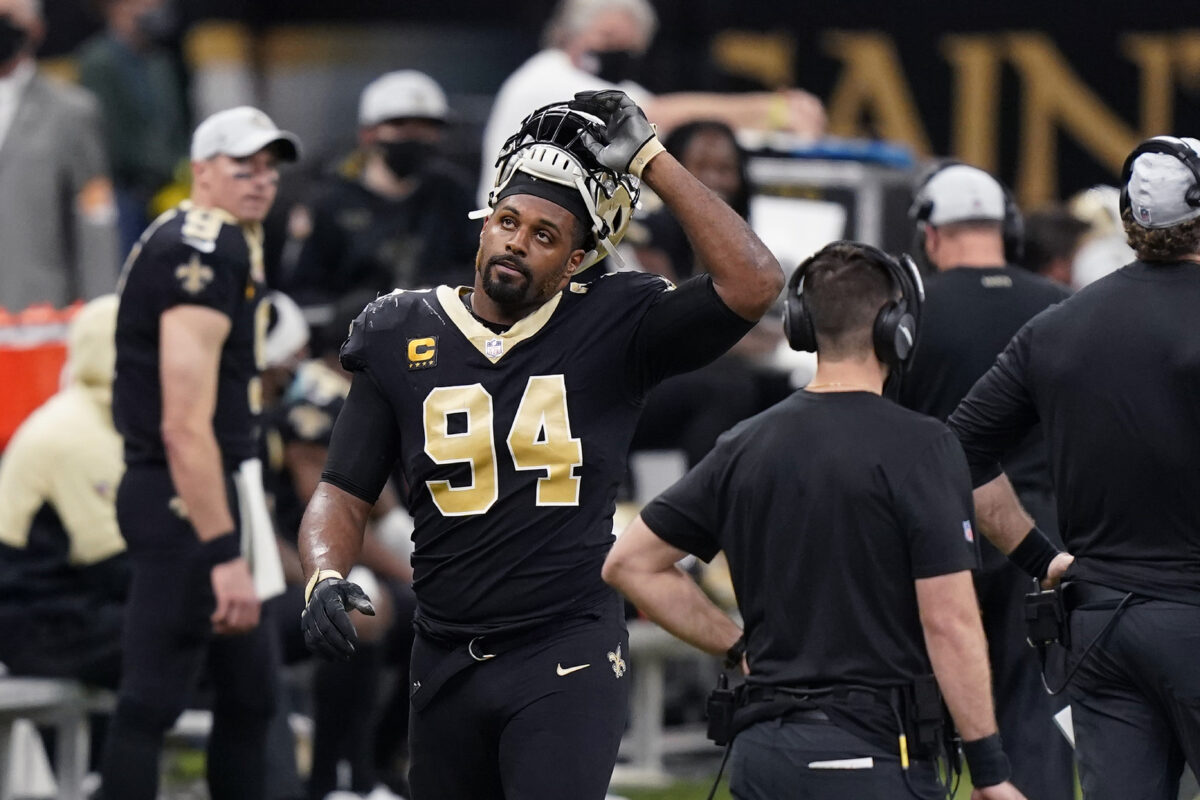From @ToddBrock24f7: The special teams coordinator has been working to make kickoffs more exciting while keeping players safe. His proposal is up for a vote.
A big change is likely coming to the NFL, radically altering a play that has become in recent years little more than a formality. And one of the Cowboys’ own is leading the way.
League owners are expected to be presented as early as Monday with a proposal to make the kickoff a real football play once again, with a re-imagined set of rules designed to encourage kickoff returns while maintaining player safety to the highest extent possible.
It’s a project Dallas special teams coordinator John Fassel has been spearheading for some time.
“John’s been working on this for a couple years,” Cowboys head coach Mike McCarthy said Sunday at the league meetings in Orlando, where Fassel and Saints special teams coordinator Darren Rizzi have been putting the finishing touches on their proposal.
Under the revamped rules, the idea will be for kickers to place the ball inside a designated “landing zone” that extends from the goal line to the 20. Any kick that hits here must be returned. A ball that hits short of the landing zone comes out to the 40. A kick that hits in the end zone or goes out the back goes to the 30. A ball that hits in the landing zone and is then downed in the end zone by the returning team goes to the 20.
As for the kicking team, no running head start. Everyone but the kicker will line up at the receiving team’s 40, with nine of the receiving team’s blockers lined up between the 35 and 30. None of them can move until the kicked ball hits the ground or a player in the landing zone. Two returners can be stationed anywhere in the landing zone.
The opportunity for an exciting return should be back, but without the high-speed collisions and injuries that often result from ten cover men sprinting full-steam and face-first into a wall of charging blockers.
The new rules borrow heavily from what the XFL did with kickoffs in 2020 and again during its 2023 return.
“In the NFL right now, you kick it off, and everybody runs. But if you say, right when the ball is caught, ‘Boom, pause it,’ where is everybody on kickoff and kickoff return? What we’re saying is, that’s where we are starting the play. We’re just not running to get to that spot,” Fassel explained.
“Now with our idea, the ball gets kicked, and as soon as it gets kicked, now everybody goes. It’s really the same play once the ball gets caught. You’re just taking out all the speed and all the big collisions from all the speed in space.”
A new kickoff rule will impact other situations, too. Onside kicks, for example, will be reserved for the fourth quarter and must be announced prior to the kick. If a ball blows off the tee twice prior to a kickoff, the kicker will use a kicking stick instead of having a holder, since that holder will have to be lined up on the 40 with the rest of his team.
According to the competition committee, there were 416 touchbacks in the NFL in 2010. Last year saw 1,970. Cowboys kicker Brandon Aubrey led the league in touchbacks, with over 89% of his boots either downed by opponents or sailing beyond the end zone. Return specialist KaVontae Turpin got just 10 chances at a return the entire 2023 season.
[affiliatewidget_smgtolocal]
Both of those figures should change dramatically under the new kickoff- and not just for the Cowboys, but for every team.
“It was just a non-factor,” Fassel said of what kickoffs have become. “One of every five got returned. It’s like 20 percent. And that’s just not good enough.”
But whether the league’s owners will vote to adopt such a major rewrite to the rules remains to be seen. A vote is said to be set for Monday, with last-minute tweaks to the rule still possible. Or owners could elect to table the vote until May.
“It’s going to pass at some point,” Fassel said. “Hopefully the sooner the better.”
[lawrence-auto-related count=3]
[mm-video type=video id=01hrfv2g7tmnx427d759 playlist_id=01eqbwens7sctqdrqg player_id=none image=https://images2.minutemediacdn.com/image/upload/video/thumbnail/mmplus/01hrfv2g7tmnx427d759/01hrfv2g7tmnx427d759-5b5d6c935cdf1c226b4582c27f5aebdb.jpg]
[lawrence-newsletter]

